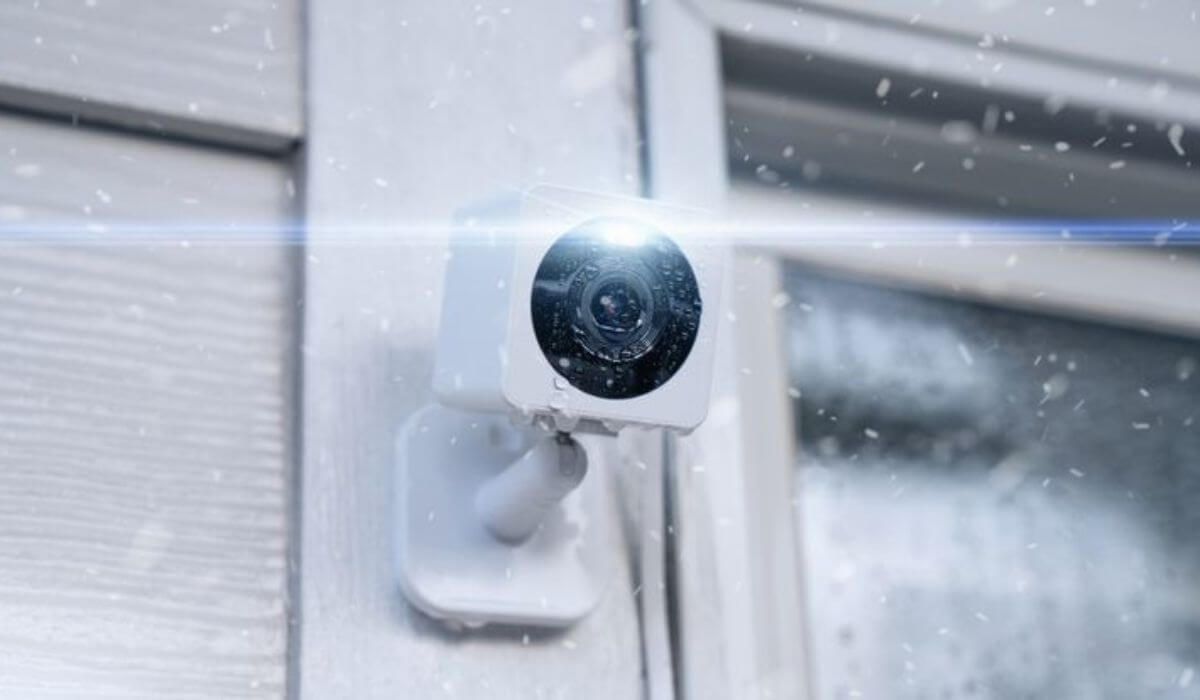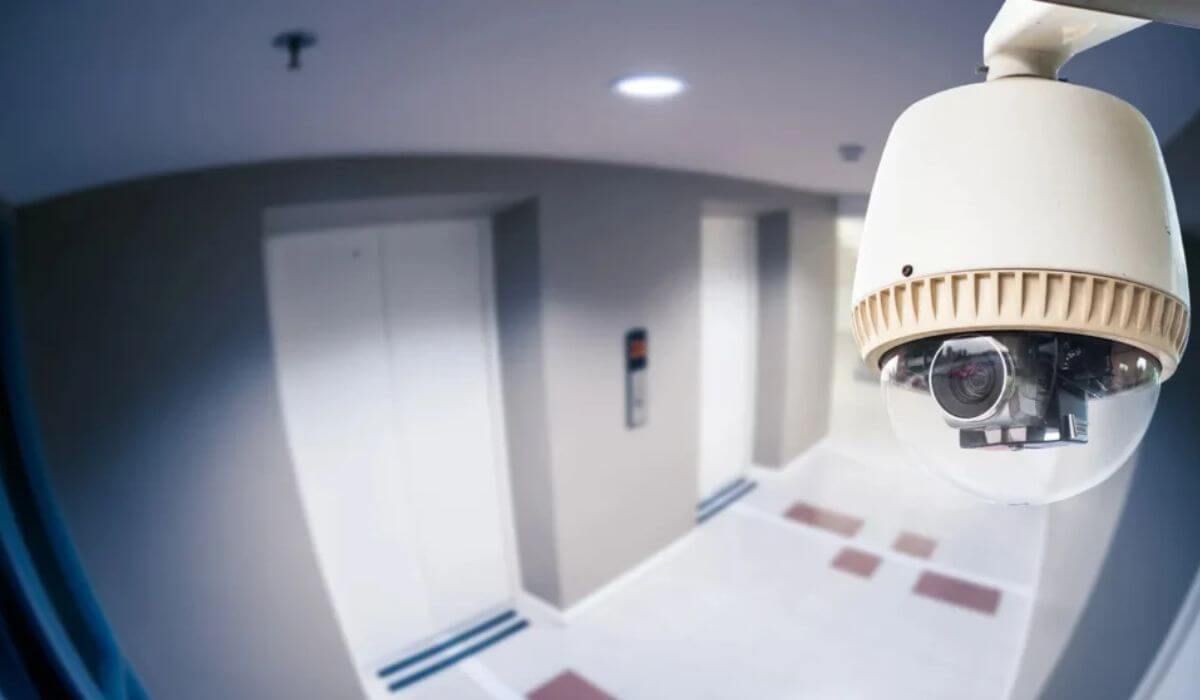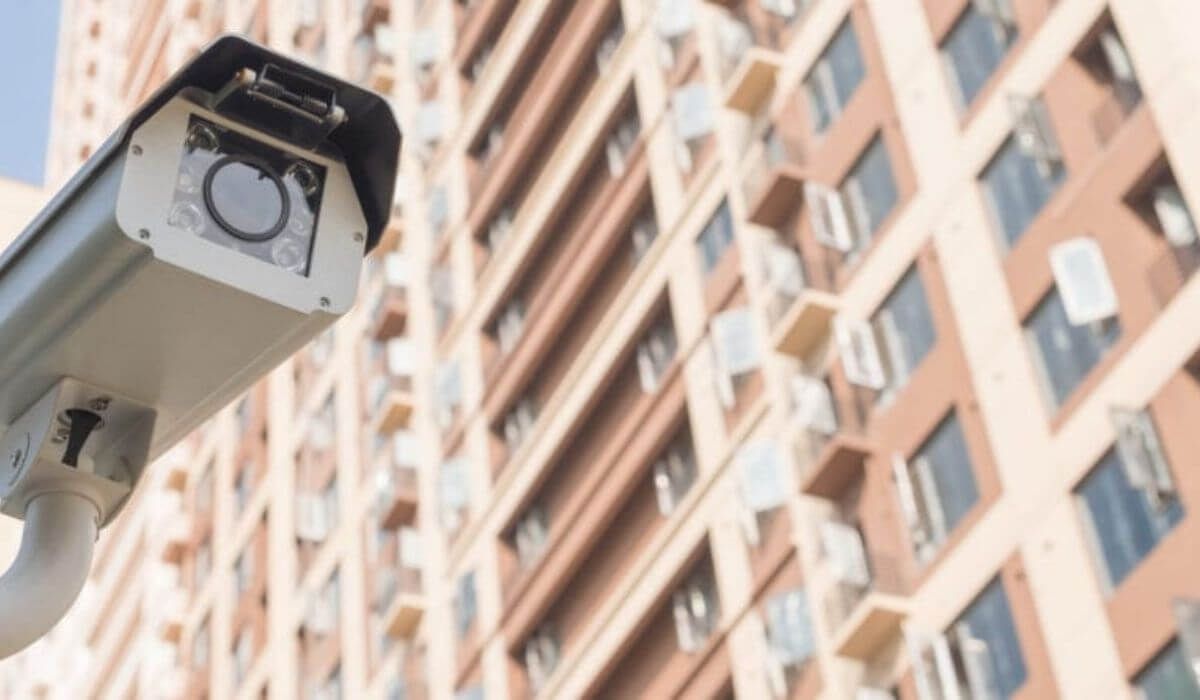Reliable Solar Surveillance Energy Storage Systems
Solar Surveillance Energy Storage: Powering Security Where the Grid Can’t Reach
More Australians than ever are turning to solar-powered surveillance to monitor farms, construction sites, and remote properties. In fact, solar camera installations have surged by over 30% since 2022, reflecting a growing demand for off-grid security. But here’s the catch: without the right solar surveillance energy storage, these systems can fall short when you need them most.
Let’s walk through why energy storage is critical, the best options available, and how Scavi designs solutions that truly last—rain or shine.
Why Reliable Energy Storage Matters for Solar Surveillance Systems
The Rise of Solar-Powered Security Cameras
Solar-powered surveillance cameras have revolutionised property protection in Australia. With the country’s expansive landscapes and increasing energy consciousness, solar cameras offer a practical and sustainable solution. They’re particularly useful for remote and off-grid areas such as farms, large residential estates, construction sites, and eco-conscious homes where traditional power sources are unreliable or unavailable.
Solar systems also appeal to homeowners looking to reduce their carbon footprint or avoid rising electricity costs. The minimal maintenance requirements, low operational expenses, and ability to work independently of grid electricity have made solar cameras a go-to solution for modern property owners.
Challenges Without Proper Energy Storage
While solar panels capture and convert sunlight into energy, they don’t store it. That job falls to the battery storage unit. Without proper energy storage, systems can suffer from:
- Power inconsistencies on cloudy or rainy days
- Nighttime shutdowns without stored solar energy
- Footage loss or security blind spots
- Increased vulnerability during blackouts or storms
Reliable storage is what ensures round-the-clock performance and peace of mind.

What is Solar Surveillance Energy Storage?
Basic Components of a Solar Surveillance System
A complete solar surveillance setup typically includes:
- Solar Panels: These absorb sunlight and convert it into electrical power.
- Battery or Energy Storage Unit: Stores excess electricity for nighttime or low-light operation.
- Charge Controller & Inverter: Manages the voltage and converts energy to the format used by your devices.
- Security Cameras: IP cameras or CCTV units that record footage.
How Energy Storage Powers Security Systems Off-Grid
Energy storage plays a vital role in ensuring uninterrupted service. Batteries capture surplus solar energy generated during the day and store it for later use. This stored energy keeps cameras running at night, during extended periods of poor weather, or during power outages.
With energy storage, your surveillance doesn’t rely on constant sunlight—it’s proactive and independent.
Best Battery Options for Solar-Powered Security Cameras
Lithium-Ion Batteries
These are the most popular choice for residential and small commercial solar setups. They’re lightweight, compact, and offer a long lifespan with excellent energy efficiency. Lithium-ion batteries recharge quickly and can handle regular discharge cycles, making them suitable for day-to-night use.
Lead-Acid Batteries
An older but cost-effective alternative, lead-acid batteries are often used in larger, stationary systems where space and weight aren’t major concerns. They require more frequent maintenance and have shorter lifespans, but they’re budget-friendly and widely available.
Lithium Iron Phosphate (LiFePO4)
A more advanced lithium battery, LiFePO4 stands out for its safety, stability, and resistance to extreme temperatures—making it ideal for Australia’s rugged outdoor environments. It’s one of the top contenders for the best battery for solar powered security camera thanks to its performance in high-heat and long-duration scenarios.

Energy Storage Solutions for Outdoor Surveillance Systems
Capacity Requirements Based on Camera Type and Usage
Not all cameras have the same energy needs. Higher-resolution models, continuous recording, night vision, and Wi-Fi connectivity all draw more power.
Motion-activated systems may use less energy than 24/7 recording setups.
To calculate your system’s energy requirements:
- Check the wattage per camera
- Multiply by the number of hours you want continuous coverage
- Factor in weather variability and system inefficiencies
Recommended Storage Capacity for 24/7 Coverage
For basic setups, a minimum of 100 watt-hours (Wh) per camera is a good starting point. More advanced systems or extreme climates may require 200–300Wh per unit.
You can also boost efficiency by using smart scheduling, infrared sensors, and cloud-based storage that reduces local hardware strain.
Off-Grid Camera Power Solutions: Complete Independence from the Grid
Key Benefits of Going Off-Grid
Using an off-grid camera power solution provides:
- Energy independence and no reliance on electricity providers
- Greater reliability in remote or disaster-prone areas
- Long-term savings by eliminating power bills and fuel needs
- Eco-friendly operation with zero emissions
Off-Grid Setup Examples with Solar + Battery Backup
Real-life examples in Australia include:
- A vineyard in the Hunter Valley using four LiFePO4-powered cameras to monitor crops and deter theft.
- A construction site in rural Queensland is running a 6-camera system with solar panels and lithium-ion batteries, staying online during a 48-hour regional blackout.
Choosing a Solar Power Backup for CCTV Systems
Battery Backup vs. Generator Backup: Which is Better?
When it comes to solar power backup for CCTV systems, solar batteries outperform generators in key areas:
- Noise: Batteries are silent; generators are not.
- Maintenance: Batteries need less frequent servicing.
- Fuel dependence: Solar systems rely only on sunlight.
- Environmental impact: Batteries offer clean, renewable power.
Integration Tips for CCTV and Battery Systems
To ensure reliable and safe operation:
- Use weatherproof, UV-resistant enclosures
- Choose batteries with built-in protection systems (BMS)
- Regularly check connections and clean panels
- Schedule annual system diagnostics with your installer

How Scavi Delivers Smart Solar Surveillance Solutions
Customized System Design and Installation
Scavi’s approach is tailored to each property. We:
- Conduct on-site assessments
- Calculate power loads and storage requirements
- Select the right battery type—lithium-ion, LiFePO4, or hybrid systems
- Professionally install all components, ensuring a clean and durable setup
Ongoing Maintenance and Remote Monitoring Support
Our support doesn’t stop after installation. Scavi offers:
- Remote system checks and performance reporting
- Firmware updates and storage upgrades
- Ongoing advice for improving energy efficiency
Our team ensures that your system stays online and effective year-round.
Investing in Solar Surveillance Energy Storage
Summary of Key Takeaways
Having the right solar surveillance energy storage system is essential for reliable and resilient outdoor monitoring. Depending on your setup, the best battery could be lithium-ion for everyday use, LiFePO4 for demanding environments, or lead-acid for budget-conscious large-scale projects.
Pairing your surveillance system with strong energy storage ensures protection around the clock, even when the grid fails. It’s a smart investment that pays off in safety, savings, and peace of mind.
Ready to Go Solar? Talk to Scavi Today
At Scavi, we’re experts in building powerful off-grid and hybrid security systems for Australian homes, farms, and businesses. Let us help you find the perfect solar surveillance energy storage solution. Contact our Sydney-based team today to start your journey to smarter, cleaner security.



